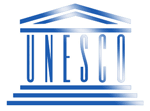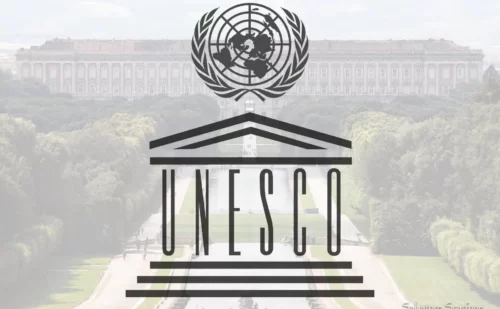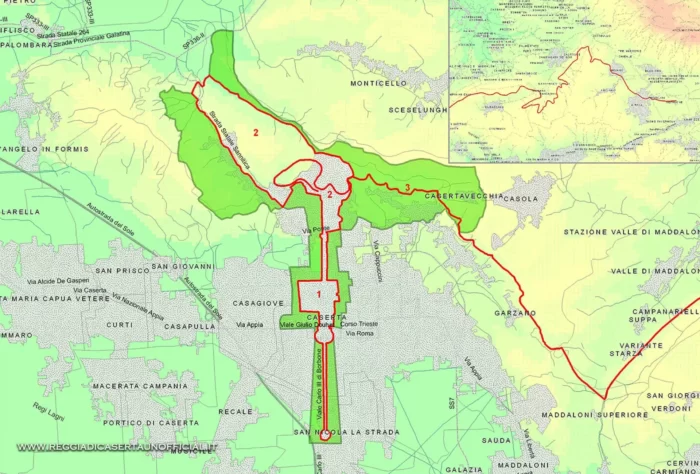Why is the Royal Palace of Caserta an Unesco heritage site?
The motivations and original documents of Unesco that led to the inclusion of the Royal Palace of Caserta among the World Unesco Heritage Sites
Since 19 July 1996 the Royal Palace of Caserta has been a World Unesco Heritage Site
What is Unesco?
UNESCO is the acronym for United Nations Educational, Scientific and Cultural Organization.
UNESCO is part of the United Nations (UN) promotes peace and security in the world through global collaboration in education, arts, sciences and culture.
Unesco was born during the Second World War, when many countries around the world were looking for ways and means to rebuild their education systems as soon as the war was over. Representatives of 44 countries wanted to create an organization that would represent a true culture of peace by establishing an “intellectual and moral solidarity of humanity” in order to prevent the outbreak of another world war.
The Italian National Commission for UNESCO was born in 1950 in order to promote the promotion, connection, information, consultation and implementation of UNESCO programs in Italy.
Because it was chosen as an Unesco Heritage
Selection criteria
- being a masterpiece of human creative genius;
- exhibiting an important exchange of human values, over a span of time or within a cultural area of the world, on developments in architecture or technology, monumental arts, urban planning or landscape design;
- bringing a unique or exceptional testimony of a cultural tradition or of a civilization that is alive or disappeared;
be an outstanding example of a type of building, architectural or technological complex or landscape that illustrates (a) one or more significant phases in human history;
Authenticity
The level of authenticity in this complex of buildings and open spaces is high, the original appearance is well preserved and inappropriate or unwelcome intrusions are kept to an acceptable minimum […]
Quality and comparative analysis
The Caserta complex was deliberately created as a rival of Versailles and Madrid, with vvhi.ch it must inevitably be compared. Its distinctiveness lies in the way it has adapted to the surrounding landscape and incorporated pre-existing individual elements into an integrated whole, rather than trying to modify or ignore it, as is the case with comparable royal and aristocratic estates. Even the idealistic industrial development of the Belvedere Estate is unique among such monumental complexes.
The motivation
That this property is inscribed on the World Heritage List according to criteria 1, 2 3 and 4:

The Unesco Heritage's buffer area
Buffer zones and the protection of the surroundings of Unesco properties are essential for the conservation strategy, for both cultural and natural sites.
- 1Palace and Park
- 2Belvedere of San Leucio and the royal hunting residences in the Sommacco and Marmorella mountains
- 3Carolino aqueduct and Tifatini hills
Unesco area
See points 1 and 2
Buffer zone
restricted area
The original Unesco documents
The request of the Italian Ministry of Cultural Heritage
This is the original document with which the Ministry of Cultural Heritage made the request to include the Royal Palace of Caserta in the list of Unesco World Heritage Sites. At the end of the same there is also the decision of Unesco written in English and in French.
Unesco's decision
The Unesco document with the reasons for the acceptance of the request for inclusion of the Royal Palace of Caserta in the list of World Heritage Sites is the decision of Unesco.
Unesco's video
The video made by Unesco to describe the Royal Palace of Caserta
External links

